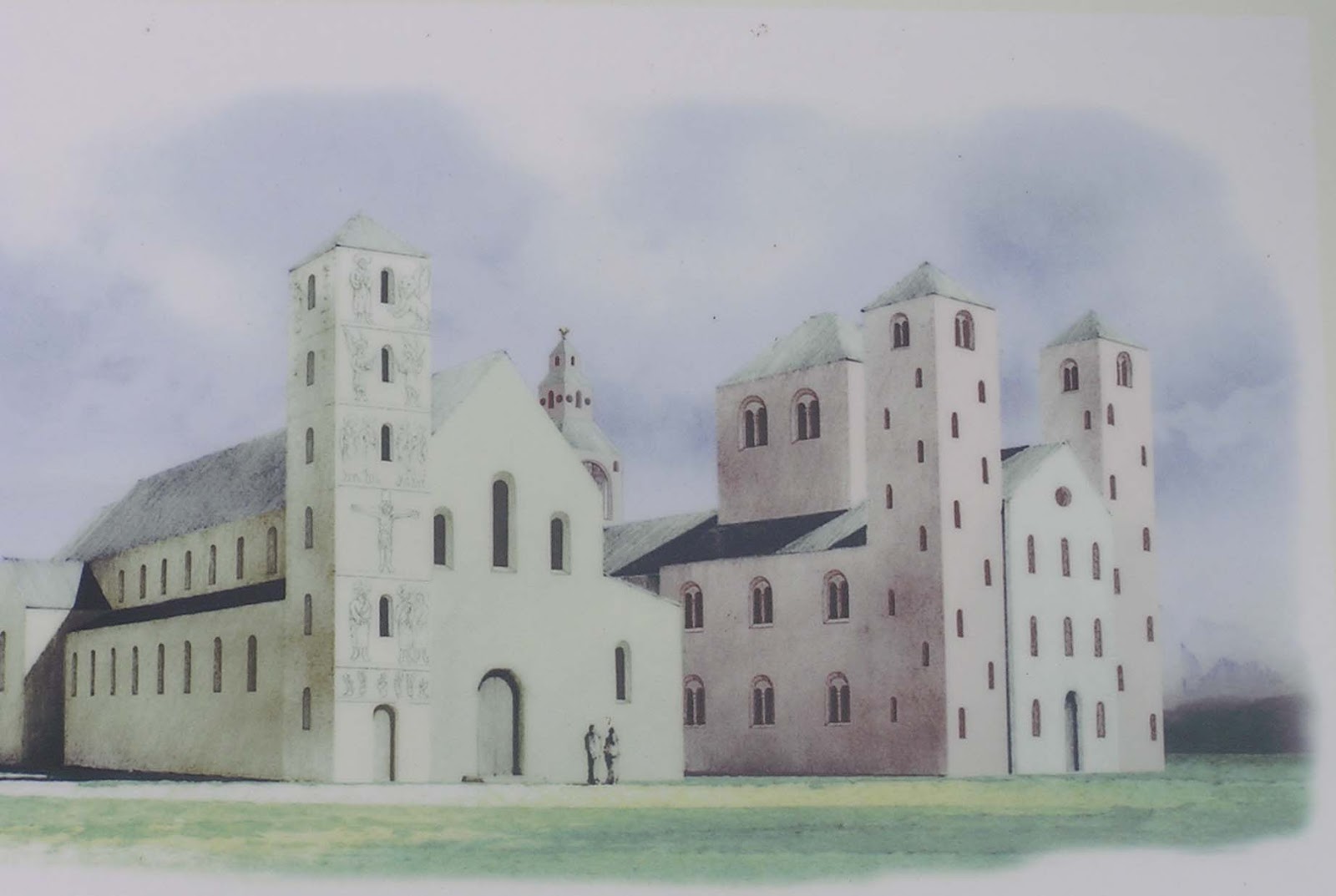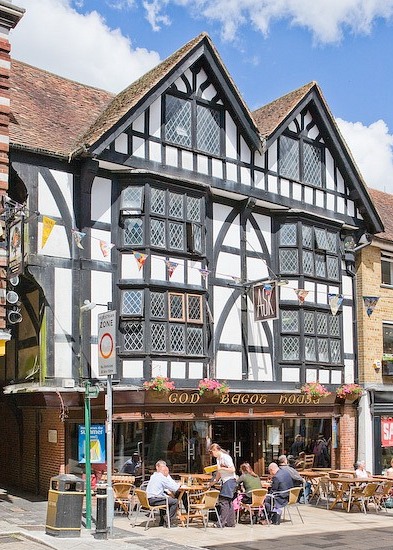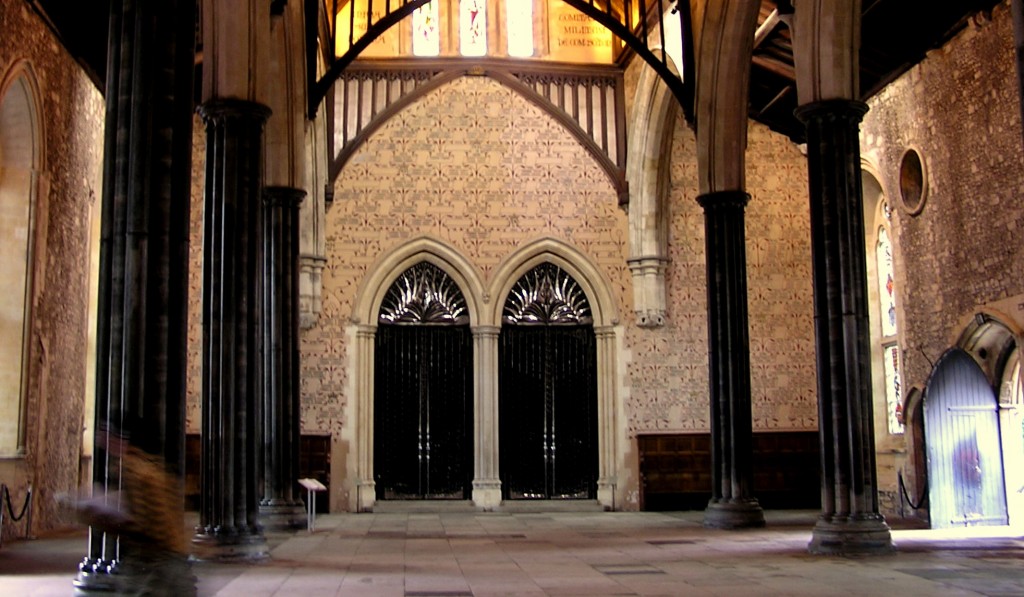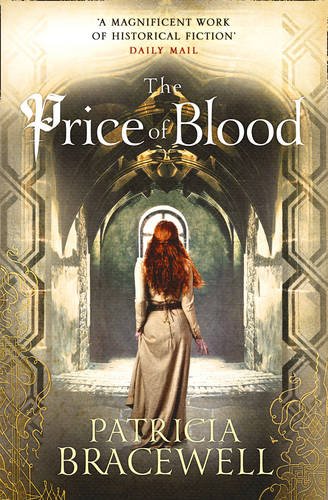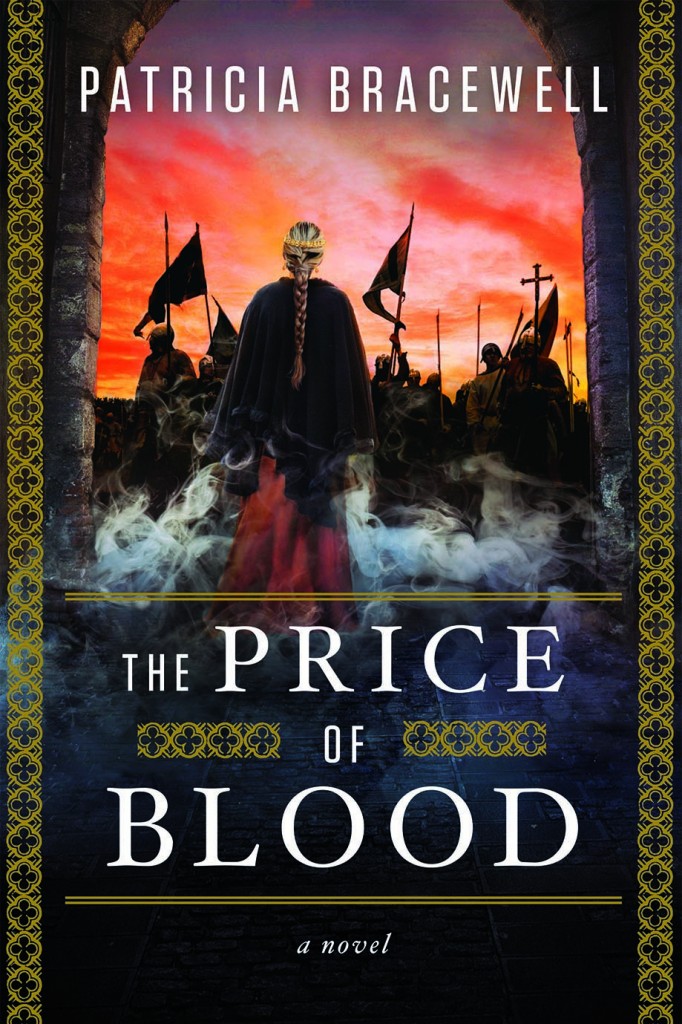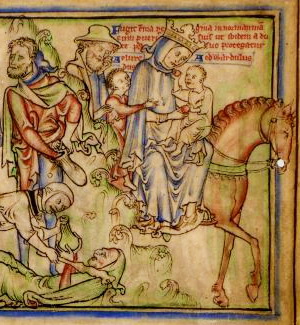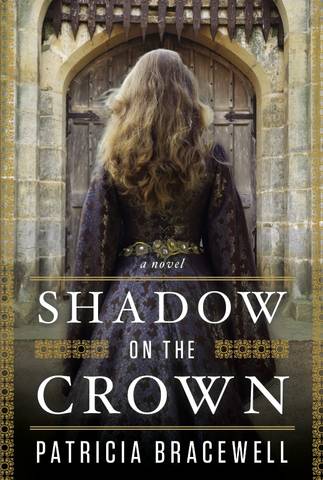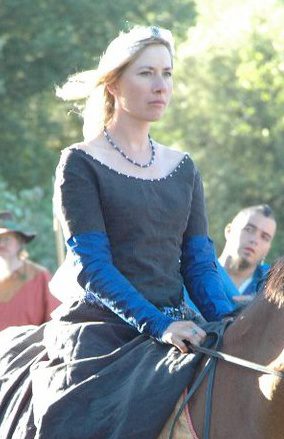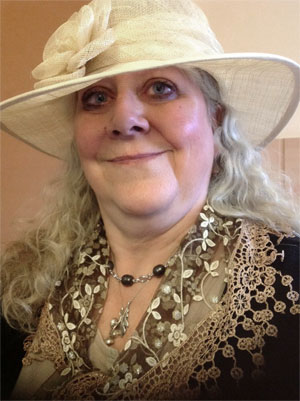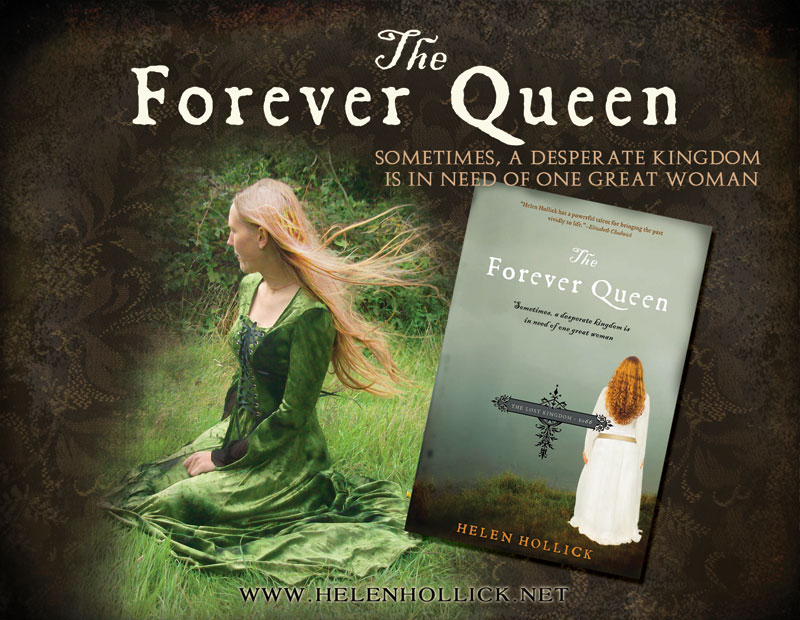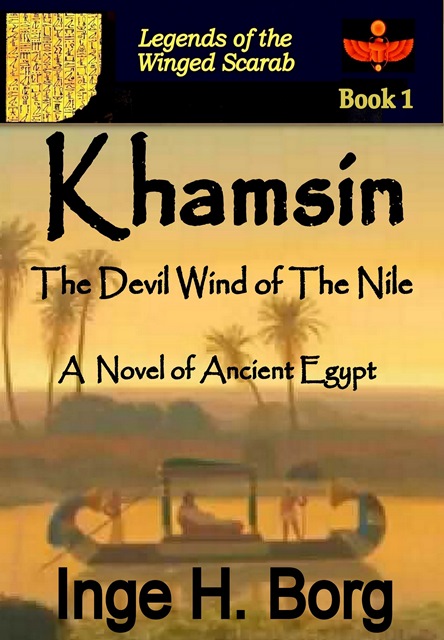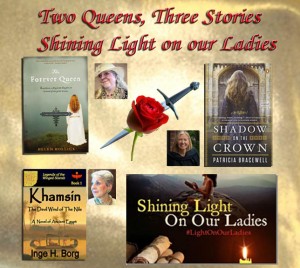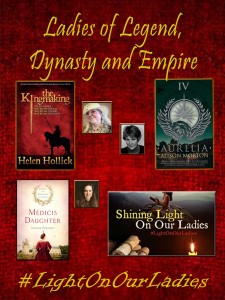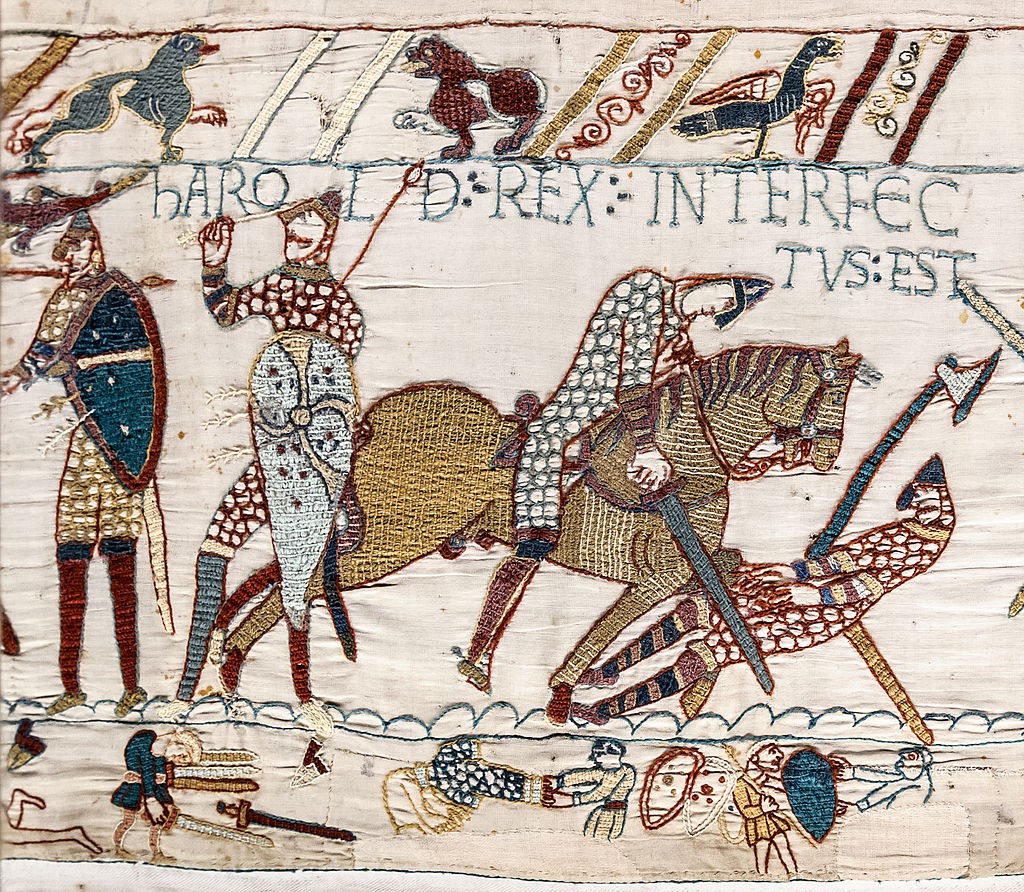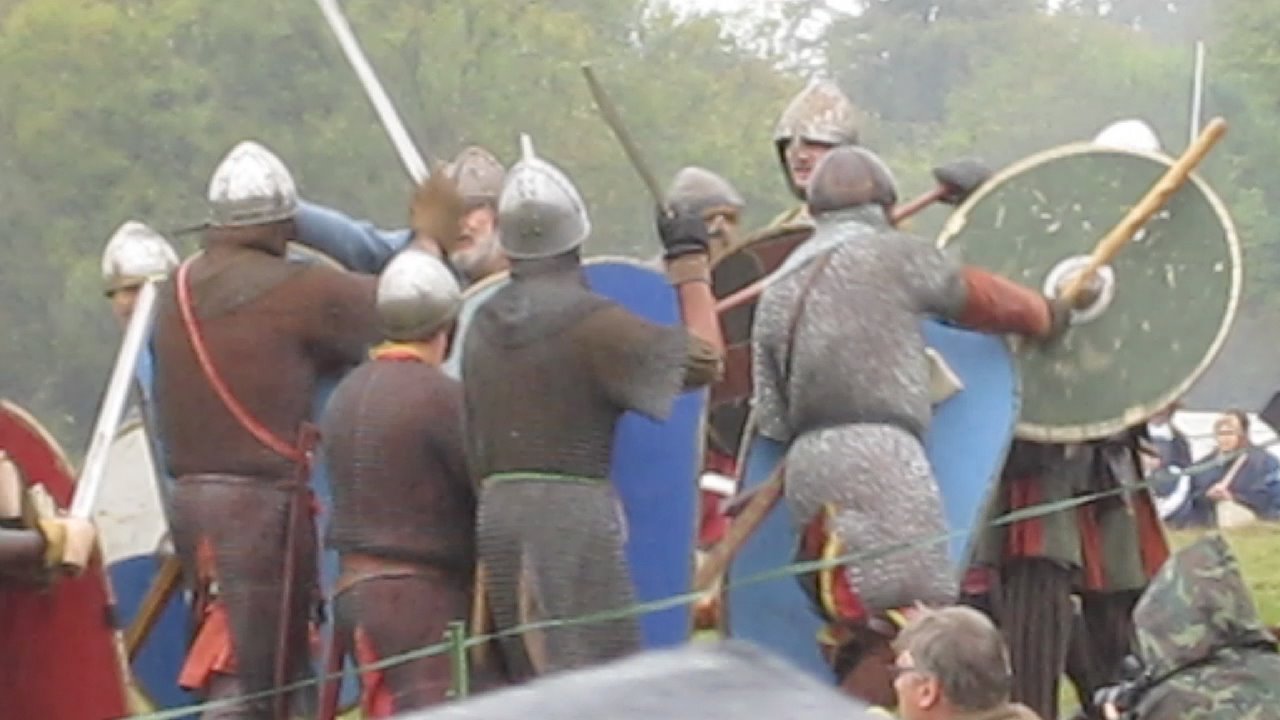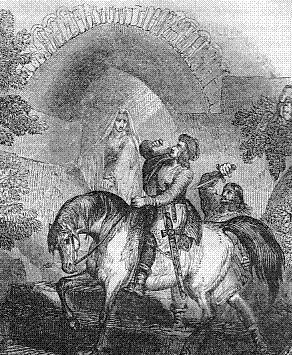When last we left our hero Uhtred, the question on the table was, “What’s up with Leofric?” Why did Uhtred’s good friend (who we REALLY LIKE!) offer damning evidence against our favorite Northumbrian regarding their lawless adventures in Cornwall?
The answer: Leofric explains that Odda2 had 20 men ready to swear against Uhtred, so he was going to be condemned no matter what, and all Leofric could do was give him a warrior’s death via single combat. In the book, it is someone else that Uhtred must fight, and the entire sequence is far more complicated. But this is a television drama with only so much time and money allotted to it. Screenwriter Stephen Butchard continues to do a terrific job of weaving story-lines together in a way that remains true to the behavior of the principal characters and to the themes that Bernard Cornwell introduced in his novels.
When Uhtred and Leofric duel, they don’t pull any punches. It’s a fight to the death, and it is not something that Alfred – who is angry that two of his best warriors are about to kill each other – cares to watch. If you saw the show or if you’ve read The Pale Horseman, you know how the combat ends, so let’s move on to the real heart of this episode.
There are two memorable tales about King Alfred, and the most significant one is that he was a king who hid out with his family and whatever remained of his followers in the marshes of Somerset for four miserable winter months. His fortunes were about as low as they could get. In this episode there is a wonderful moment when, having escaped from the Danes by the skin of his teeth (with Uhtred’s help), Alfred and the few followers with him remind a contemptuous Uhtred that Alfred is a king. Uhtred’s reply: He is Alfred. A man. King of nothing. And the camera shot opens up to reveal the water-ways dotted with small, reed-covered islands which are now Alfred’s kingdom.
It’s looking very bleak for Alfred, but there are even darker moments to come.
At this point Uhtred harbors enormous resentment against Alfred because he believes the king has been unjust towards him and even lax in fulfilling his responsibilities as king. And always there’s that issue of the priests: Too many priests and too much praying – not enough action taken against a Danish enemy that cannot be trusted. Uhtred’s anger fades, though, as the episode progresses, and it is Uhtred – not Leofric or the priests or even Ælswith – who gives Alfred hope. The scenes between Alfred and Uhtred and their discussions about God, a sick child and an ailing kingdom are especially moving. David Dawson’s portrayal of Alfred, a man who believes his child is being punished for his own sins, is full of raw emotion.
Eliza Butterworth gives a wonderful performance as well. Her Ælswith is usually the woman we love to hate, but in this episode she is a worried wife and a desperate mother, grieving over the suffering of her child and terrified that she is about to lose him.
The child’s illness and imminent death bring Alfred to a personal crisis, worse than any he has experienced before because this is a crisis of faith. Leofric recognizes this and tells Uhtred, If the child dies it will take the fight from Alfred’s bones.
It is Uhtred who takes it upon himself to urge Alfred to action for the sake of his sick child, persuading him that God is not punishing him, but testing him. He has one chance to save his child, and one chance to save his kingdom. The two are intertwined, and Alfred must trust that his God will use a pagan healer to restore his son’s health.
It is no easy matter for the healer, either. She claims that if she saves the life of infant Edward, some other child will die in his place, and she is haunted by that knowledge.
The issue of Christian beliefs vs Pagan beliefs plays a large role in this series as it must have in Wessex at the time, although probably not for the king in such a personal way. In Britain, pagan beliefs and rituals would linger well into the 11th century and beyond, condemned by priests like Beocca. Denmark would not begin to embrace Christianity for another 100 years after the time frame of The Last Kingdom, and then a Danish Viking – a Christian – would wrest the crown of England from the heirs of Alfred.
But that part of the story lies in the distant future. For now we are still with Alfred in the Somerset marshes, in the tiny village of Athelney, awaiting the final episode and the single great battle that Alfred, with Uhtred’s help, must win in order to take back his kingdom.

